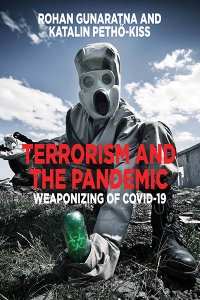By United States. Federal Bureau Of Investigation; United States. Office Of Homeland Security
From the document: "Preventing terrorist attacks remains a top priority for both the FBI and DHS, and the FBI serves as the lead investigative agency on terrorism matters. The threat posed by international and domestic threat actors has evolved significantly since 9/11. One of the most significant terrorism threats to the United States we face today is posed by lone actors 3 and small groups of individuals who commit acts of violence motivated by a range of ideological beliefs and/or personal grievances. Of these actors, domestic violent extremists represent one of the most persistent threats to the United States today. These individuals are often radicalized online and look to conduct attacks with easily accessible weapons. Many of these violent extremists are motivated and inspired by a mix of ideological, socio-political, and personal grievances against their targets. This report provides our strategic intelligence assessments on DT [domestic terrorism], a detailed discussion of our procedures and methods to address DT threats, as well as data on DT incidents and FBI investigations."
United States. Federal Bureau Of Investigation; United States. Office Of Homeland Security . 2023. 46p.





















